The video and table below clearly demonstrate that PCIe NVMe connected SSD’s run much faster than do conventional SATA connected SSDs or SATA spinning disks.
This benchmarking was completed using a Dell Latitude 5490 laptop with Novabench free benchmarking tool. For comparison, we also included some benchmarks we completed last year on a nicely configured Dell Optiplex 5050 and a Dell Latitude 5480 (the 5490’s predecessor).
We explain that although the 5490 has a 2242 M.2 slot like the 5480, it is a PCIe slot and not a SATA slot (like the 5480). This means you can install an M.2 SSD into that slot but unlike the 5480, the 5490 can not use that as a Caching SSD.
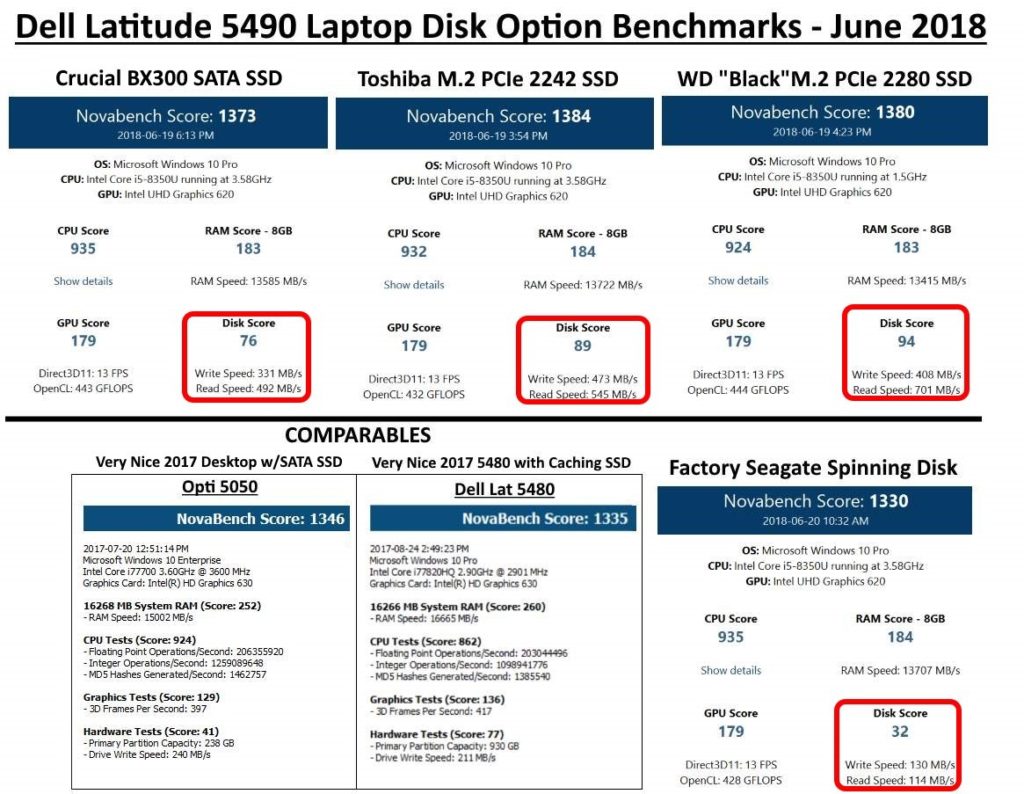
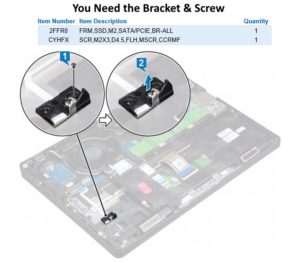
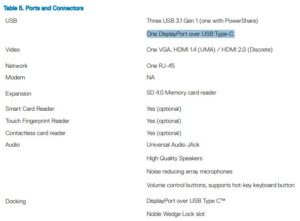
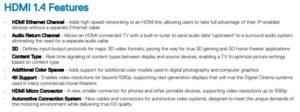

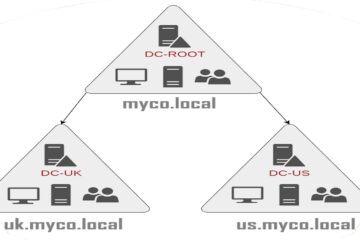

5 Comments
Cyndie · March 25, 2023 at 12:57 am
I don’t know how you managed to get that WWAN to read the drive. I had installed a M.2 SATA SSD B+M Key on it and BIOS didn’t see it. System Configuration/Drives in BIOS only have SATA-2 and PCIE-0 checkbox, different from some same 5490 with 4 boxes if that hint at something.
Mike · November 1, 2019 at 4:05 am
Hi ian, the wwan connection can get only nvme ssd or sata too?
Can you boot the os from the wwan m.2 module ?
Ian Matthews · November 14, 2019 at 9:13 pm
We did, so yes, it can be done. Unfortunately I no longer have access to any of these units so what we have written is what we know.
Thanks for checking in Mike.
Jefferson · June 24, 2019 at 6:18 pm
so using the wwan connection, I can not get a bootable m2 like hd?
that is, I choose between a conventional hd or a ssd instead of it.
Ian Matthews · June 30, 2019 at 12:19 pm
Hi Jeffer;
I am unsure what you are seeing problems with. If you can provide a bit more information, we may be able to help.